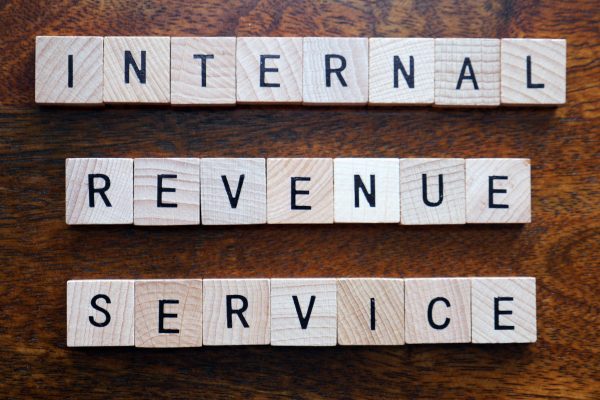Home>Finance>Capacity Requirements Planning (CRP): Definition And Procedures


Finance
Capacity Requirements Planning (CRP): Definition And Procedures
Published: October 22, 2023
Learn about Capacity Requirements Planning (CRP) in finance, including its definition and procedures. Enhance your financial planning with CRP.
(Many of the links in this article redirect to a specific reviewed product. Your purchase of these products through affiliate links helps to generate commission for LiveWell, at no extra cost. Learn more)
Finance: Understanding Capacity Requirements Planning (CRP)
Welcome to the finance category of our blog! Today, we will dive into an important concept called Capacity Requirements Planning (CRP). If you’re wondering what CRP is and how it can benefit your business, you’ve come to the right place. In this blog post, we will explore the definition of CRP and its procedures, helping you understand how to effectively manage your company’s capacity requirements.
Key Takeaways:
- Capacity Requirements Planning (CRP) is a process that helps businesses determine the resources and capabilities needed to meet production demands.
- CRP involves analyzing data on production orders, inventory levels, and the availability of resources to optimize production schedules and prevent capacity constraints.
What is Capacity Requirements Planning?
Capacity Requirements Planning (CRP) is a crucial aspect of financial planning for businesses in various industries. It involves forecasting the capacity needed to meet production demands accurately. By analyzing data on production orders, inventory levels, and the availability of resources, CRP ensures that companies optimize their production schedules and prevent capacity constraints.
At its core, CRP helps answer the question, “Do we have enough resources and capabilities to fulfill the demand?” By understanding the capacity requirements, businesses can make informed decisions about production levels, inventory management, and resource allocation.
The Procedures of Capacity Requirements Planning
To effectively implement CRP in your business, certain procedures need to be followed. Let’s take a closer look at the steps involved:
- Collect and analyze data: Start by gathering data on production orders, inventory levels, and resources available within your organization. This data will provide insights into the current capacity situation.
- Determine demand: Forecast future demand for your products or services using historical data, market trends, and sales projections. This step helps you understand the capacity needed to meet customer demand.
- Calculate required capacity: Based on the demand forecasts and the time it takes to produce each unit, calculate the required capacity for each production period.
- Assess resource availability: Evaluate the availability of resources such as equipment, labor, and raw materials. Identify potential bottlenecks or constraints that may impact your production capacity.
- Create a production schedule: Develop a detailed production schedule that optimizes the utilization of available resources while meeting the demand requirements.
- Monitor and adjust: Continuously monitor the actual production performance against the planned schedule. Make adjustments as necessary to ensure optimal capacity utilization and meet customer demand.
By following these procedures, businesses can effectively manage their capacity requirements, ensuring that they can meet customer demand efficiently while avoiding capacity limitations that can hinder growth.
Wrapping Up
Capacity Requirements Planning (CRP) is a crucial concept for businesses in finance. By understanding the capacity needed to fulfill production demands, companies can optimize their resources and production schedules, ensuring they meet customer expectations effectively. By following the procedures and steps outlined above, businesses can implement CRP successfully and enjoy improved operational efficiency.
We hope this blog post has provided you with valuable insights into the world of Capacity Requirements Planning. If you’re interested in learning more about finance-related topics, make sure to explore our other blog posts in the finance category.














